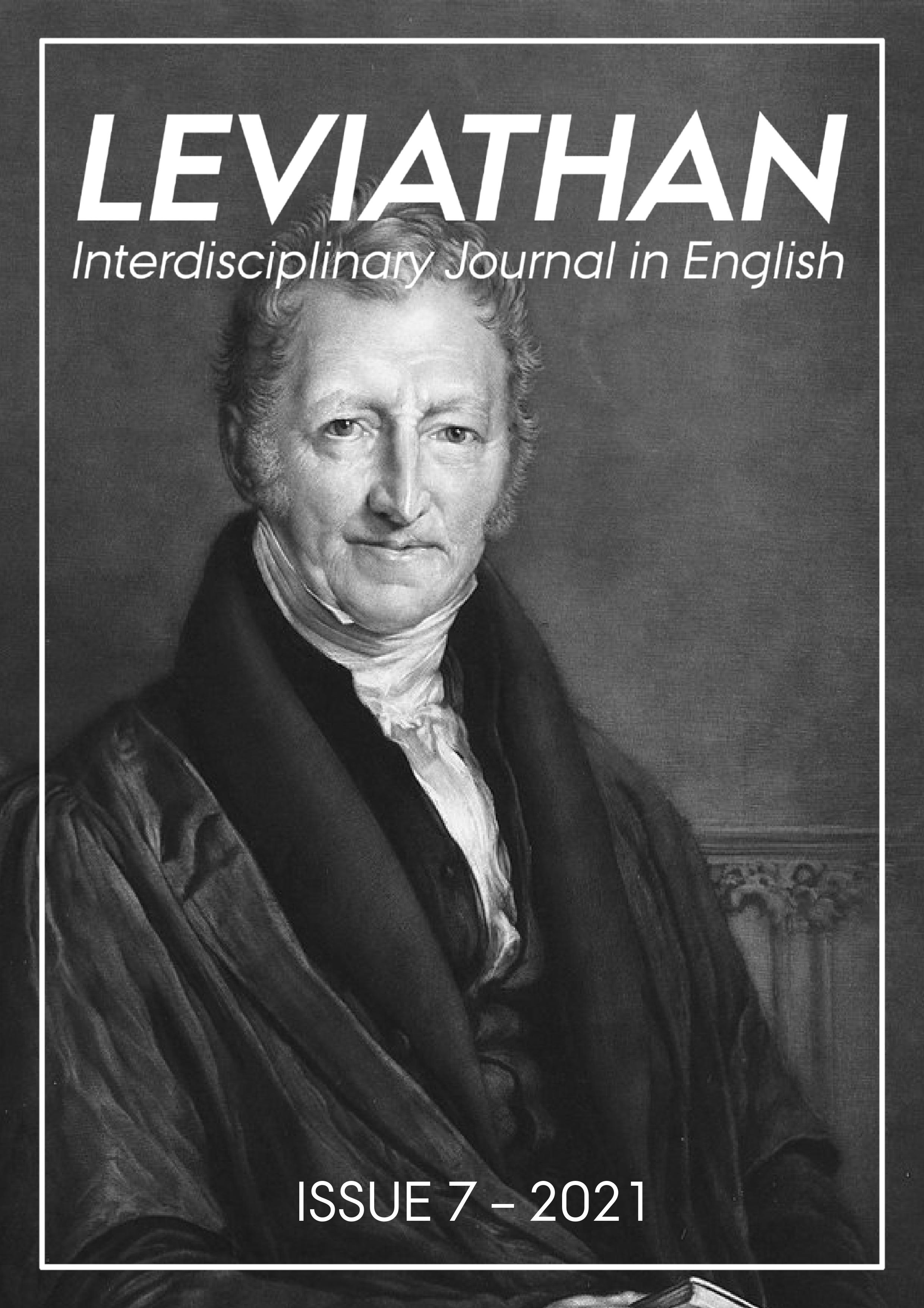Old English Syntax and Its Relation to German
A Comparative Study
DOI:
https://doi.org/10.7146/lev.v0i7.125185Keywords:
Old English, German, comparative syntax, historical syntax, Current Topics in English LinguisticsAbstract
At first glance, the syntax of ancient Old English appears reminiscent of the syntax of the Present-Day German language. A number of shared syntactic traits such as Subject Object Verb constituent order, Verb Second, and a complicated inflectional system have caused the two languages to be compared by scholars, who often have referred to German as simply a present-day version of the now far-gone Old English. Exploring both similarities and dissimilarities of the two languages, this article examines the relationship between the two languages’ syntax to show that although structurally similar once, modern-day English has lost most of the syntactic traits linking it to the German language and their common Proto-Germanic roots. These syntactical differences not only show that Old English was never just a modern-day variant of German but also show that the two languages are developing in separate directions – or at least in separate paces.
Downloads
Published
How to Cite
Issue
Section
License
Attribution-NonCommercial-NoDerivatives 4.0 International (CC BY-NC-ND 4.0)
You are free to share (copy and redistribute the material in any medium or format).
However:
You may not use the material for commercial purposes.
You must give appropriate credit, provide a link to the license, and indicate if changes were made. You may do so in any reasonable manner, but not in any way that suggests the licensor endorses you or your use.
If you remix, transform, or build upon the material, you may not distribute the modified material.
You may not apply legal terms or technological measures that legally restrict others from doing anything the license permits.





